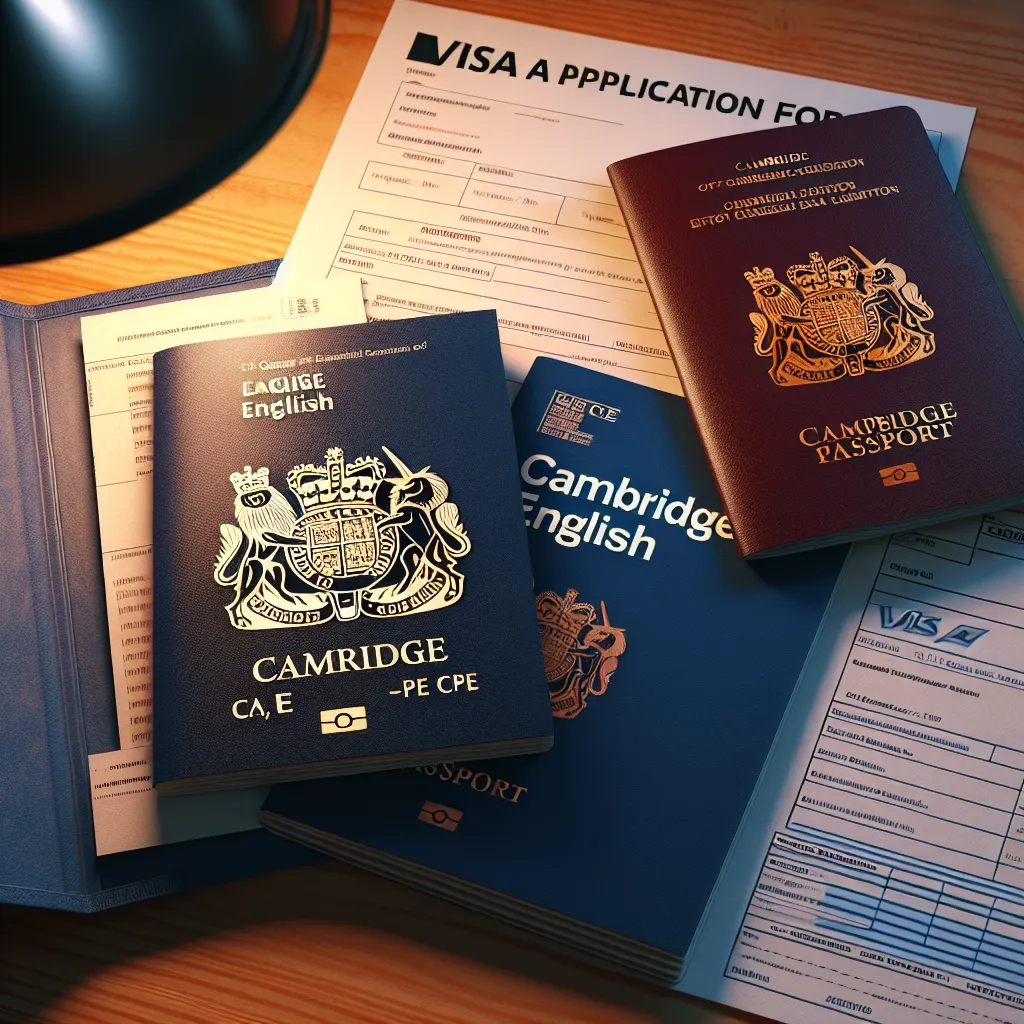Are you preparing for a Cambridge English exam and looking to enhance your speaking skills? Mastering fluency in the Cambridge speaking test is crucial for achieving a high score and demonstrating your English proficiency. In this comprehensive guide, we’ll explore effective strategies and techniques to help you improve your Cambridge speaking fluency.
Understanding Cambridge Speaking Fluency
Before diving into improvement strategies, it’s essential to understand what fluency means in the context of Cambridge exams. Fluency refers to your ability to speak smoothly, coherently, and without excessive hesitation. It’s not just about speed but also about maintaining a natural flow of speech.
 Cambridge Speaking Test
Cambridge Speaking Test
Why Fluency Matters in Cambridge Exams
Fluency is one of the key criteria assessed in Cambridge speaking tests. Examiners evaluate your ability to:
- Express ideas clearly and coherently
- Speak at a natural pace
- Use appropriate linking words and phrases
- Maintain a conversation without long pauses
Improving your fluency can significantly boost your overall speaking score and increase your chances of success in the exam.
Strategies to Enhance Your Cambridge Speaking Fluency
1. Practice Regular Speaking Exercises
Consistent practice is the foundation of improving fluency. Here are some effective exercises:
- Shadowing: Listen to native English speakers and repeat what they say in real-time.
- Timed speaking: Set a timer for 1-2 minutes and speak on a random topic without stopping.
- Tongue twisters: Use these to improve pronunciation and speech speed.
2. Expand Your Vocabulary and Expressions
A rich vocabulary allows for smoother, more natural speech. Focus on:
- Learning common collocations and phrases
- Studying synonyms to vary your language
- Mastering linking words and expressions
Learn more about building your English vocabulary
3. Improve Your Pronunciation
Clear pronunciation contributes to fluency. Work on:
- Stress and intonation patterns
- Individual sound pronunciations
- Connected speech and linking words
4. Use Fillers and Hesitation Devices
Natural speech includes pauses and fillers. Learn to use:
- Common fillers like “um,” “well,” “you know”
- Hesitation devices such as “let me think” or “that’s an interesting question”
These can help you maintain fluency while gathering your thoughts.
5. Record and Analyze Your Speech
Self-reflection is crucial for improvement:
- Record yourself speaking on various topics
- Listen back and identify areas for improvement
- Focus on reducing unnecessary pauses and repetitions
Specific Techniques for Cambridge Speaking Tests
1. Familiarize Yourself with the Test Format
Understanding the structure of the Cambridge speaking test can boost your confidence:
- Know the different parts of the test
- Understand time allocations for each section
- Practice with sample questions and topics
Explore our guide on Cambridge speaking test formats
2. Develop Strategies for Each Part of the Test
Each section of the Cambridge speaking test requires different skills:
- Part 1: Practice giving extended answers to personal questions
- Part 2: Work on describing images in detail
- Part 3: Improve your ability to discuss abstract topics and give opinions
3. Learn to Paraphrase and Circumlocute
When you can’t find the exact word, use these techniques:
- Paraphrase: Express the same idea using different words
- Circumlocution: Describe the concept or object when you don’t know the specific term
These skills help maintain fluency even when faced with vocabulary challenges.
4. Practice Active Listening
Fluency in conversation also depends on how well you understand and respond to your partner:
- Focus on understanding the examiner’s questions fully
- Ask for clarification if needed, using appropriate phrases
- Show engagement through non-verbal cues like nodding and maintaining eye contact
Common Mistakes to Avoid
Be aware of these pitfalls that can hinder your fluency:
- Speaking too fast in an attempt to sound fluent
- Overusing fillers or hesitation devices
- Focusing too much on grammar at the expense of natural flow
- Memorizing long phrases or answers, which can sound unnatural
Next Steps: Putting Theory into Practice
Now that you’ve learned these strategies, it’s time to put them into action:
- Create a daily speaking practice routine
- Find a speaking partner or join an English conversation group
- Use resources like podcasts and English news broadcasts for listening practice
- Take mock Cambridge speaking tests to simulate exam conditions
Remember, improving fluency takes time and consistent effort. Be patient with yourself and celebrate small improvements along the way.
Conclusion
Enhancing your Cambridge speaking fluency is a journey that requires dedication and practice. By implementing these strategies and techniques, you’ll be well on your way to speaking English more confidently and fluently in your Cambridge exam. Keep practicing, stay motivated, and don’t be afraid to make mistakes – they’re all part of the learning process.
Do you have any personal experiences or tips for improving speaking fluency? Share them in the comments below, and let’s learn from each other!




